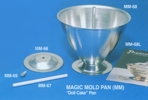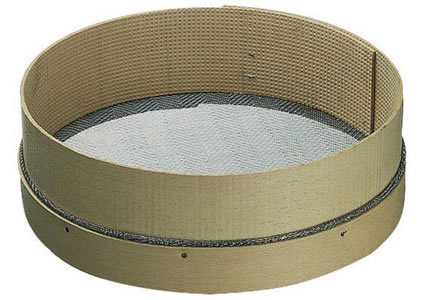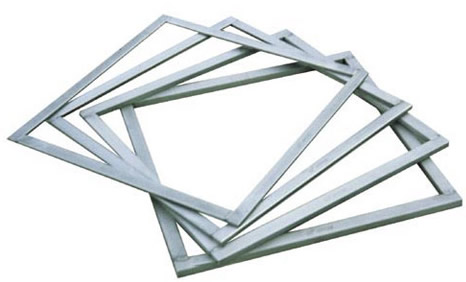Petit
fours are basically miniature, bite-sized
confections. The name comes from the words in French: petit—small
or little, and four—oven. Therefore, essentially small,
baked pastry items, although some confections are considered by some
to be petit fours that are not baked (see fruits déguisés below). The 1965 6th printing version of the Larouse Gastronomique states that petit fours are a "name adopted for many kinds
of small fancy cakes and biscuits" and fruit deguises (see below for description) as "candied fruits". When most
think of petit fours, an image of a little cake iced and decorated comes
to mind. Petit fours can range from this to little cookies, macaroons,
eclairs and tartlets.
Professional
Baking by Wayne Gisslen breaks the petit four into two different
styles: glacé and sec. The Roux Brothers
on Patisserie, by Michel and Albert Roux, use categories for petit
fours that most pastry professionals use: frais, secs and fruit
déguisés.
From
all of this, I list the basic categories of Petit fours as these, and
some examples of each:
Petit
Four Glacé or Frais—cream filled or iced
petit fours, fresh (small éclairs, tiny iced cakes, tartlets
and miniature soaked and glazed babas)
Petit
Four Sec—dried petit fours (small cookies, tuiles,
Palmiers, meringues and macaroons)
Fruit déguisés—glazed
fruits such as cherries and segmented oranges dipped in fondant or
hard crack sugar and dates wrapped in marzipan dipped in fondant.
While these are sometimes termed as confections, these can
also be categorized as petit fours.
__________________________________________________
Restaurant
Menu Terms: Mignardise, Mignonardise, Friandise, Lagniappe
A few of you have
noticed other terms, Mignardise or Mignonardise and Friandise on menus, to be served after
dinner as treats. These two are basically the same thing and can be
any tiny, bite-sized confection or sweet, as any of the above examples.
What do they mean? They both come from the French. Here
are what the base of the words mean, according to Larousse's French-English
English-French Dictionary:
Mignard/Mignon:
dainty, tiny
Friand:
dainty, delicacy
If you've been to
the gulf states, a popular creole term is Lagniappe.
This can mean anything from a small pastry to a covered petit four or
a cookie. In any case, it's a genuine gift to the diner, so enjoy.
References
used:
Dubois,
Marguerite-Marie. Larousse's French-English English-French Dictionary.
Revised ed. New York: POCKET, 1971.
Gisslen,
Wayne. Professional Baking. New York: John Wiley, 1985.
Montagné,
Prosper. Larousse Gastronomique. 6th Printing. New York: Crown,
1965.
Roux,
Michel and Albert. The Roux Brothers on Patisserie: Pastries and
Desserts from 3-Star Master Chefs. New York: Prentice, 1986.
|






